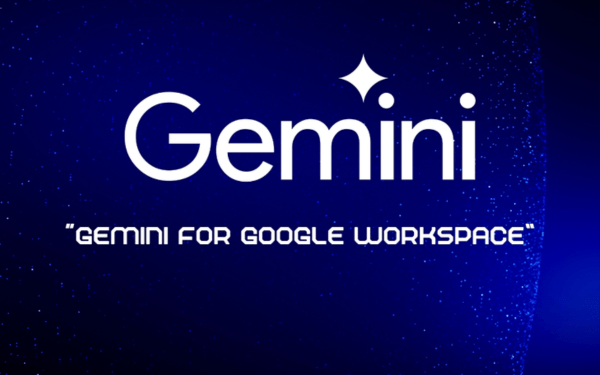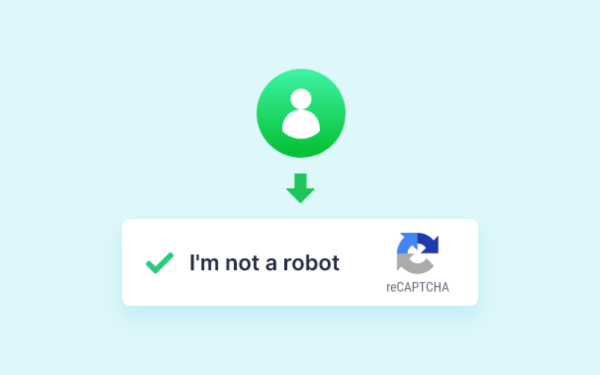Trong guồng quay công việc hàng ngày, chúng ta dành hàng giờ để soạn thảo…
Three-part framework to measure the impact of your AI use case
Generative AI is no longer just an experiment. The real challenge now is quantifying its value. For leaders, the path is clear: make AI projects drive business growth, not just incur costs. Today, we'll share a simple three-part plan to help you measure the effect and see the true worth of your AI initiatives.
This methodology connects your technology solution to a concrete business outcome. It creates a logical narrative that justifies investment and measures success.
Define what success looks like (the value)
The first step is to define the project's desired outcome by identifying its "value drivers." For any AI initiative, these drivers typically fall into four universal business categories:
- Operational efficiency & cost savings: This involves quantifying improvements to core business processes. Value is measured by reducing manual effort, optimizing resource allocation, lowering error rates in production or operations, or streamlining complex supply chains.
- Revenue & growth acceleration: While many organizations initially focus on efficiency, true market leadership is achieved through growth. This category of value drivers is the critical differentiator, as it focuses on top-line impact. Value can come from accelerating time-to-market for new products, identifying new revenue streams through data analysis, or improving sales effectiveness and customer lifetime value.
- Experience & engagement: This captures the enhancement of human interaction with technology. It applies broadly to improving customer satisfaction (CX), boosting employee productivity and morale with intelligent tools (EX), or creating more seamless partner experiences.
- Strategic advancement & risk mitigation: This covers long-term competitive advantages and downside protection. Value drivers include accelerating R&D cycles, gaining market-differentiating insights from proprietary data, strengthening operational resiliency, or ensuring regulatory compliance and reducing fraud.
Specify what it costs to succeed (your investment)
The second part of the framework demands transparency regarding the investment. This requires a complete view of the Total Cost of Ownership (TCO), which extends beyond service fees to include model training, infrastructure, and the operational support needed to maintain the system. For a detailed guide, we encourage a review of our post, How to calculate your AI costs on Google Cloud.
State the ROI
This is the synthesis of the first two steps. The ROI calculation makes the business case explicit by stating the time required to pay back the initial investment and the ongoing financial return the project will generate.
The framework in action: An AI chatbot for customer service
Now, let's apply the universal framework to a specific use case. Consider an e-commerce company implementing an AI chatbot. Here, the four general value drivers become tailored to the world of customer service.
Step 1: Define success (the value)
The team uses the customer-service-specific quadrants to build a comprehensive value estimate.
Quadrant 1: Operational efficiency
Reduced agent handling time: By automating 60% of routine inquiries, the company frees up thousands of agent hours. This enables agents to serve more customers or perhaps provide better quality service to premium customers.
Estimated hours saved: ~725 hrs (lets say this equate to $15,660 in value)
Lower onboarding & training costs: New agents become productive faster as the AI handles the most common questions, reducing the burden of repetitive training.
Estimated monthly value: $1,000
Quadrant 2: Revenue growth
24/7 Sales & support: The chatbot assists customers and captures sales leads around the clock, converting shoppers who would otherwise leave.
Estimated mMonthly vValue: $5,000
Improved customer retention: Faster resolution and a better experience lead to a small, measurable increase in customer loyalty and repeat purchases.
Estimated monthly value: $1,000
Quadrant 3: Customer and employee experience
Enhanced agent experience & retention: Human agents are freed from monotonous tasks to focus on complex, rewarding problems. This improves morale and reduces costly agent turnover.
Estimated monthly value: $500
Quadrant 4: Strategic enablement
Expanding business to more languages: Enabling human agents to provide support in 15+ additional languages, thanks to the translation service built into the system.
Estimated revenue increase: $1,750
Total estimated monthly value = $15,660 + $1,000 + $5,000 + $1,000 + $500 + $1,750 = $24,910
Step 2: Define the cost (the investment)
Following a TCO analysis from earlier, Google calculated the total ongoing monthly cost for the fully managed AI solution on Google Cloud would be approximately $2,700.
Step 3: State the ROI
The final story was simple and powerful. With a monthly value of around $25,000 and a cost of only $2,700, the project generated significant positive cash flow. The initial setup cost was paid back in less than two weeks, securing an instant "yes" from leadership.
Conclude:
The Revolution ofGenAIis fading, and leaders are asking a more important question: “What value is this investment really worth?”
Answering that question emotionally is not enough. The three-part framework – focusing on Productivity & Efficiency, Quality & Innovation, and Strategic Impact – is the compass that helps businesses shift the conversation from guesswork to concrete data. It provides a holistic lens to view GenAI not as a technology “cost center,” but as a measurable “engine” for growth.
Don’t let your GenAI investment go unnoticed. Measuring impact in a structured way not only helps demonstrate ROI, but also provides invaluable insights to refine your strategy and optimize future applications. Contact Gimasys today. With Google Cloud's leading AI platform and strategic consulting experience, we'll help you not only implement GenAI, but also build an effective measurement framework, ensuring every investment creates real value.




